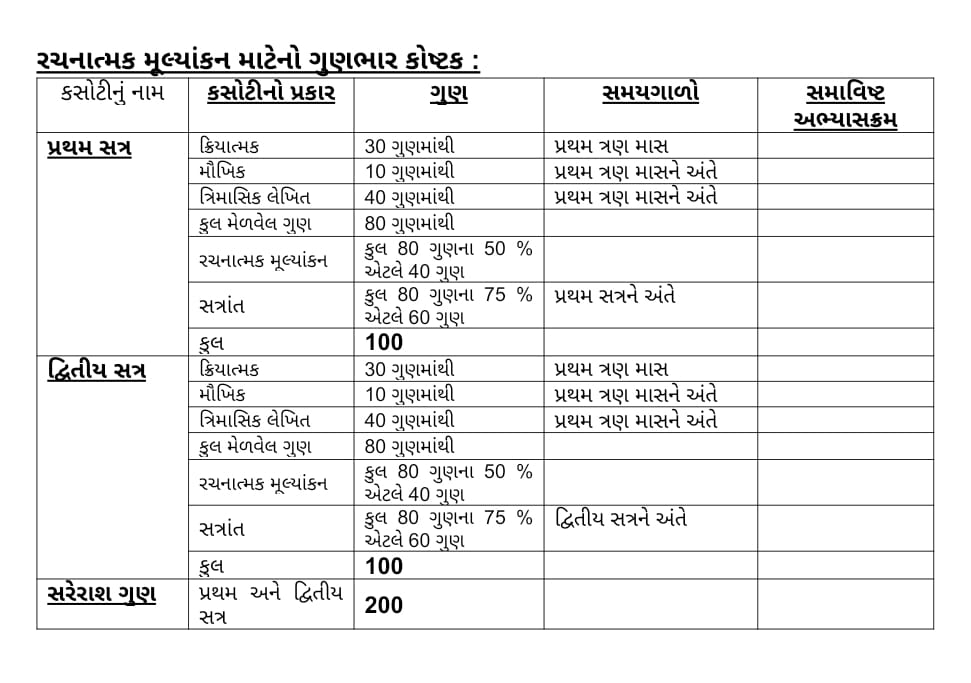The Holistic Report Card is a revolutionary approach to student assessment introduced under the National Education Policy (NEP) 2020 in India. Moving beyond marks and grades, this new system focuses on overall student development – academic performance, skills, values, extracurricular activities, and emotional well-being.
In this article, we’ll explore:
- ✅ What is a Holistic Report Card?
- 🏫 Why is it important in modern education?
- 📋 Components of a Holistic Report Card
- 👩🏫 Role of teachers, students, and parents
- 📈 Benefits for students and schools
- 📌 Implementation process in India
✅ What is a Holistic Report Card?
A Holistic Report Card (HRC) is a comprehensive performance report that reflects a student’s progress in academics and beyond the classroom. Unlike traditional report cards, which emphasize only test scores, the HRC includes:
- Academic achievements
- Cognitive abilities
- Social and emotional learning (SEL)
- Life skills
- Physical education
- Art, music, and cultural activities
- Peer and self-assessment
The idea is to capture the full personality, progress, and potential of every child.
💥🌐🌀 આ પ્રકારનું Holistic Report Card હશે
🧠 Why Holistic Assessment Matters
Traditional education systems focused only on rote learning and examinations. But the world today demands more – critical thinking, emotional intelligence, collaboration, and creativity.
The Holistic Report Card encourages:
- Continuous and comprehensive evaluation (CCE)
- Self-awareness and personal growth
- A shift from “exam-oriented” to “learning-oriented” education
- A balance between knowledge, skills, and values
- This is essential for preparing students for 21st-century careers and life.
📋 Key Components of a Holistic Report Card
A well-designed HRC includes the following sections:
1. Academic Performance
- Subject-wise grades or scores
- Teacher remarks on learning style and improvement areas
2. Co-scholastic Areas
- Participation in sports, yoga, dance, drama, music, art, etc.
- Leadership roles and teamwork
3. Life Skills and Values
- Communication, problem-solving, empathy, responsibility
- Moral education and civic awareness
4. Health and Physical Fitness
- Physical activities, fitness levels, hygiene awareness
5. Peer & Self-Assessment
- How students perceive their own progress
- Feedback from classmates
6. Teacher & Parent Comments
Teachers’ observations and suggestions
Parents’ feedback and aspirations
👩🏫 Roles in Holistic Evaluation
| Role | Responsibility |
| Teachers | Observe and evaluate student development in academics and behavior |
| Students | Reflect on their learning and growthE |
| School LeadersBest online courses | Ensure proper implementation and training for teachers |
| Collaboration is key. | All stakeholders must work together to ensure the child’s full potential is nurtured. |
| Parents | Ensure proper implementation and training for teachers |
📈 Benefits of Holistic Report Cards
✔ Improved student engagement: Learners feel recognized for all their talents.
✔ Personalized learning: Teachers better understand students’ strengths and weaknesses.
✔ Better parent-teacher communication: More meaningful discussions beyond marks.
✔ Character development: Emphasis on values, emotional intelligence, and life skills.
✔ Stress reduction: Less focus on exam pressure and more on continuous improvement.
🇮🇳 Implementation in India (2025 Update)
As of 2025, many schools across India – especially CBSE and state board schools – have started implementing holistic report cards in classes 3 to 10.Best online courses
The Diksha platform, NCERT guidelines, and training under NIPUN Bharat Mission are helping teachers understand this new evaluation method.
💁♂📚નવું સંભવિત મૂલ્યાંકન માળખું
હાલ ફાઇનલના સમજવું
આગામી સમયમાં ઓફિશીયલ પરિપત્ર/સૂચનાઓ આવશે.

Some digital features include:
- Online report card formats
- Portfolios and student work samples
- Teacher dashboards for 360° feedback
📊 Sample Holistic Report Card Format (Simplified)
| Area | Rating (1 to 5) Remarks |
| Academics | Good grasp of concepts |
| Physical Education 5 | Very active and fit |
| Art & Culture 3 | Needs encouragement |
| Values & Behavior 4 | Shows empathy and responsibility |
| Self-Assessment 4 | Aware of strengths and goals |
✨ Final Thoughts
The Holistic Report Card is a powerful step towards making education more inclusive, human-centered, and future-ready. It allows children to be seen not just as learners of subjects, but as individuals with dreams, feelings, and potential.
As NEP 2020 continues to reshape Indian education, the Holistic Report Card will play a central role in promoting joyful learning and meaningful growth.

📢 FAQs on Holistic Report Card
Q1. Is the Holistic Report Card compulsory?
Yes, CBSE and many state boards are making it mandatory from primary to secondary levels.
Q2. Is there a digital format available?
Yes, many schools use digital dashboards and apps for tracking and generating HRCs.Best online courses
Q3. Will exam marks still matter?
Yes, but they are only one part of the overall performance report.
📚 Related Resources
National Education Policy 2020 Summary
CBSE Holistic Progress Card Format PDF
Diksha App for Teacher Training
360 Degree Holistic Progress Card Guidelines – NCERT
Would you like this article in Gujarati or Hindi, or with a downloadable PDF version of the Holistic Report Card? Let me know and I’ll create it for you.
